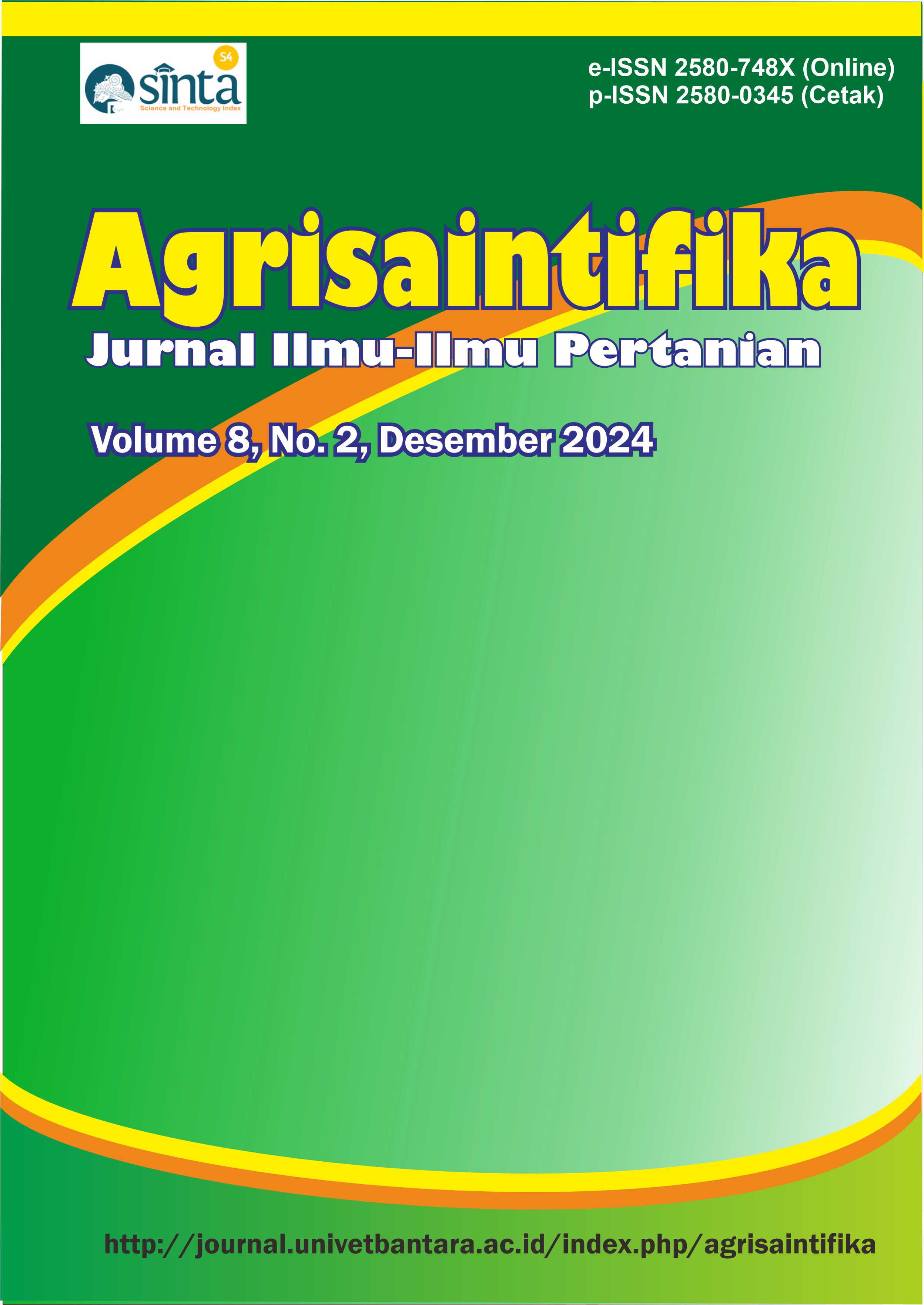SUPPLY CHAIN INNOVATION AND COMPETITIVE ADVANTAGE IN THE COFFEE BUSINESS IN CENTRAL ACEH DISTRICT, ACEH PROVINCE
DOI:
https://doi.org/10.32585/ags.v8i2.5815Abstract
The agriculture sector highly depends on various suppliers to meet its input requirements. Because the agriculture sector relies so heavily on its suppliers, robust supply chain management and strong supplier relationships ensure agribusiness sustainability and efficiency. Aceh's coffee supply chain is typified by low profitability and poor optimization, especially regarding Gayo Arabica coffee. The COVID-19 pandemic has elevated distribution risks at different supply chain stages, exacerbating this further. The relationship between supply chain innovation and competitive advantage in the coffee sector in Aceh Tengah District, Indonesia, is investigated in this quantitative study employing a mediation model. With 60 respondents, Central Aceh Regency was selected using a purposive sampling technique for research purposes. This study uses a Likert-scale questionnaire with structural equation modeling (PLS-SEM). This research aims to assist Acehnese coffee companies in gaining a competitive edge through innovative supply chain practices, resulting in more robust and efficient risk management and sustainability strategies. The results show that supply chain innovation and resilience capability do not affect competitive advantage, where the p-value of these two variables is 0,4. In addition, resilience capability as a mediating variable does not directly affect supply chain innovation and competitive advantage.
Keywords: agribusiness, coffee, sem pls, supply chain innovation
Downloads
Downloads
Published
How to Cite
Issue
Section
License
Copyright (c) 2024 Keumala Fadhiela ND, Liston Siringo ringo

This work is licensed under a Creative Commons Attribution-ShareAlike 4.0 International License.







